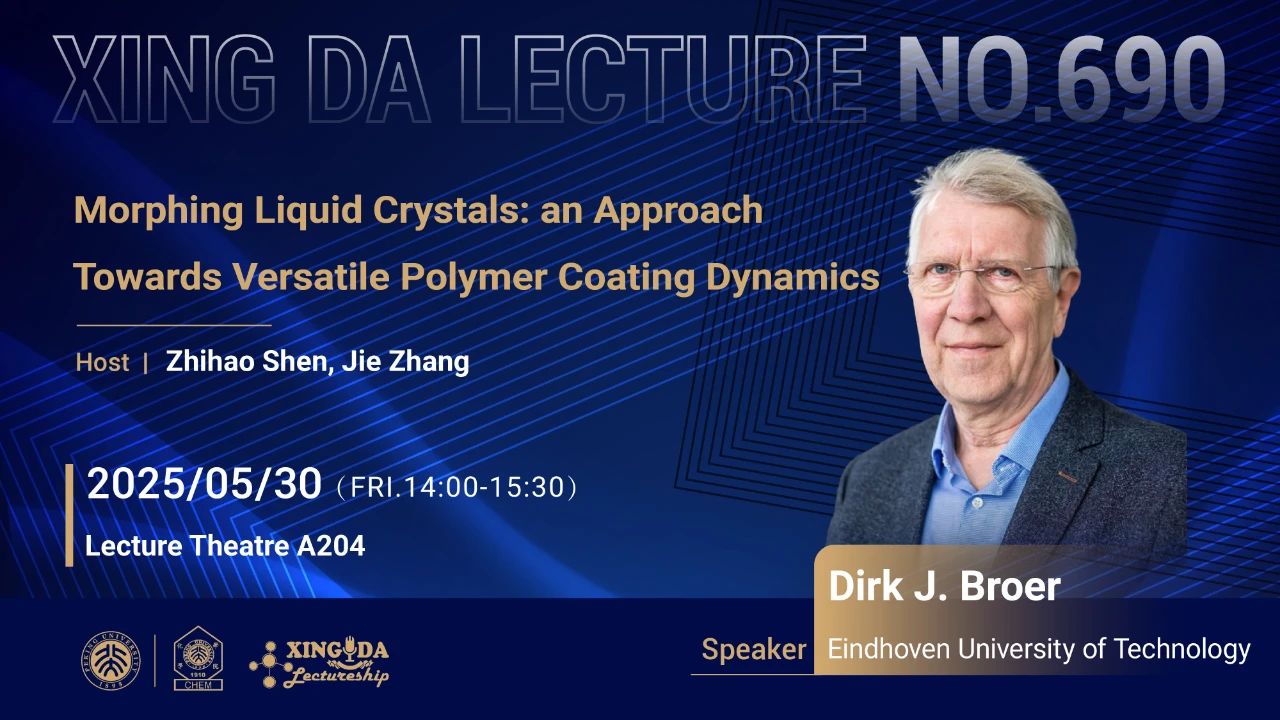
Abstract
Since their development in the '80s of the last century, reactive mesogens (RM's) form a versatile class of soft matter materials that found their way to a wealth of new applications. The frozen-in molecular order of the polymer networks that form upon RM photopolymerization brought a new dimension into liquid crystal technologies. Initially developed for their use as low shrinkage, low thermal stress coatings, the RM's demonstrated their function, especially in optical applications. The large, temperature-stable, and adjustable optical anisotropy was adopted by the display industry for many purposes, varying from viewing angle enhancement to 3D imaging optics. Presently, advanced optical applications for augmented reality and astronomy lenses are drawing much attention as well as their use for dedicated display types such as near-eye viewing glasses. A new upcoming field is the use of RM's for soft robotics applications. Triggered by heat, light, or humidity the polymers change shape, surface structure, or porosity. At Eindhoven University, we developed self-sustaining oscillators, cilia-based micro-transport devices, and haptic surfaces. Films deform from a flat to a complex, but pre-designed, shape with prospects to light-triggered origami and self-folding plastic elements. A completely new development relates to coatings that switch their surfaces from flat to corrugated with a preset topography. Or, in a different design, from dry to wet by controlled secretion of a functional liquid. The specific surface properties control properties like friction, grip, lubrication, stick, soil rejection, particle manipulation.
Biography
Prof. Dirk Jan Broer is Professor Emeritus at Eindhoven University of Technology, fellow at the Institute for Complex Molecular Systems and distinguished professor at South China Normal University. His research field is polymer science with an emphasis on responsive polymers, self-organizing systems, liquid crystals, and their applications in the field of optics and soft mechanics. Prof. Broer started his professional career in 1973 at Philips Research Laboratories in Eindhoven where he became Vice President Research in 2003 and specialized in data storage, communication, and display systems. In 1985 he introduced the process of in-situ photopolymerization of liquid crystal monomers, presently being used by many academic and industrial groups, for instance for optical and soft robotic components. In 2010, he became professor in Eindhoven to chair the Department Functional Organic Materials and Devices. Prof. Broer is member of the Royal Dutch Academy of Arts and Sciences, has been awarded with royal distinction, to become 'Knight in the Order of the Lion of the Netherlands'. The oldest and highest Dutch civilian order of chivalry. He has around 350 publications in peer-reviewed journals and more than 120 US patents.